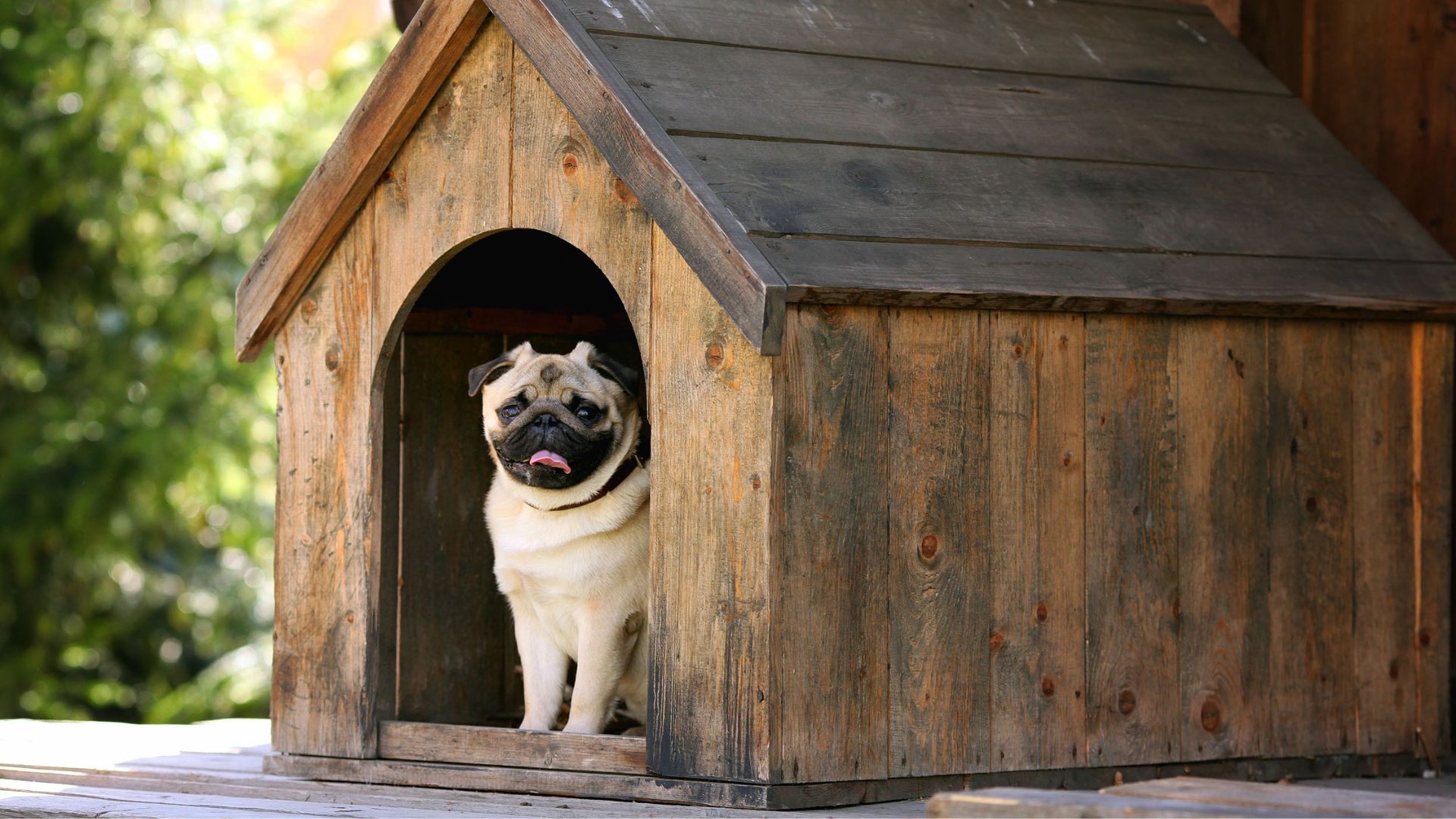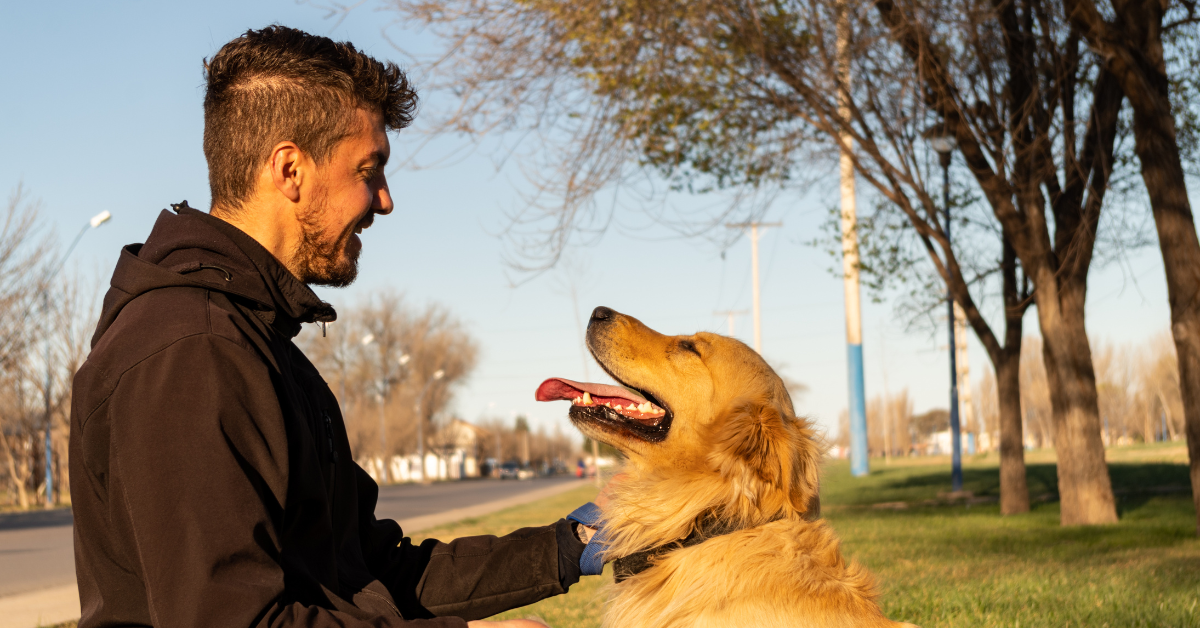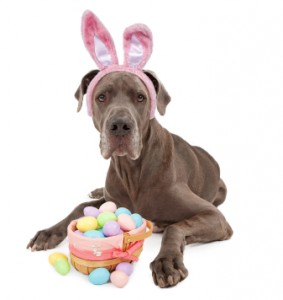Floofins & Co.’s Top Five Easter Safety Tips For Your Pets
1. Watch Your Chocolate Bunnies. While we all love to bite the ears off the chocolate Easter bunnies in our basket, they are not so good for our pets. Small amounts of theobromine, the toxic ingredient in chocolate, can cause vomiting and restlessness in pets. Large amounts of theobromine can be fatal. A lethal dose of theobromine depends on the size of the dog and the type of chocolate. Dark chocolate or baking chocolate is worse than milk chocolate because of the higher theobromine content. To get an idea of how much could be fatal to your dog, see below:
- 4 to 10 ounces of milk chocolate or 1/2 to 1 ounce of baking chocolate for small dogs, such as Chihuahuas and toy poodles.
- 1 to 1 1/2 pounds of milk chocolate or 2 to 3 ounces of baking chocolate for medium-sized dogs, like cocker spaniels and dachshunds.
- 2 to 4 1/2 pounds of milk chocolate or 4 to 8 ounces of baking chocolate for large dogs, including collies and Labrador retrievers.
2. Sugar-Free Fans, Avoid Giving Xylitol to Your Furry Loved Ones. Xylitol, an artificial sweetener used in many candies, chewing gums and baked goods, is toxic to dogs and ferrets. While most of us know chocolate is a danger, sometimes we don’t think about non-chocolate candies and random things like grapes and macadamia nuts. For a list of toxic foods from the Humane Society of The United States, click here.
3. Away With The Easter Lilies. While festive plants like Easter Lilies are beautiful and bring the feel of spring, some of them are toxic to our furry loved ones, especially our feline friends. Easter lilies and other lilies can cause kidney failure and death in cats. All parts of the lily can be toxic. Eating just one leaf can result in severe poisoning. Cats will generally vomit and become depressed within 2 hours. The vomiting may subside, but the cat will not eat and continue to become more depressed. If you see any of these symptoms in your cat or suspect your cat has sampled part of your Easter Lilly, contact your veterinarian immediately. For a complete list of toxic plants, including our Christmas favorite, the Poinsettia, click here.
4. Trade Your Colorful Plastic Easter Grass For Paper. Plastic Easter grass is an interesting shiny crinkly material that cats especially can’t help but want to eat. Materials like this (string, tinsel, yarn, etc.) cause what is called a linear foreign body issue. A linear foreign body is any sting-like object ingested (or partially ingested) that causes gastrointestinal obstruction. You might see the material visible in the mouth or anus along with vomiting or straining to defecate and a painful abdomen. Trying to pull out visible grass or string is not recommended, as this can cause more damage if the piece is long and trapped far inside the body. Call your veterinarian if you suspect that your cat has sampled the Easter grass.
5. Too Much Easter Party Can Make Your Pet a Dull Boy Or Girl. Loud noises, sudden movements by small children and large groups of people can be highly stressful to pets. Your pet may prefer to hang out in a quiet area of the house during the family egg hunt or dinner celebration. But of course, as most “Floofins” are spoiled family members, don’t forget to make a special Easter basket for your pet with fun treats and new toys so they can still participate in the celebration.
Other Recent Blog POsts

Celebrating The Original Floofins’ Sweet 16
July 24, 2024
Emergency Planning for Your Home & Pet
July 18, 2024
Beyond the Blurry Phone Pic: Schedule Professional Pet Photos Instead
July 10, 2024
Keeping Chicago Pets Safe on the Fourth of July
July 1, 2024
Why Floofins & Co. Leads the Pack
June 26, 2024

